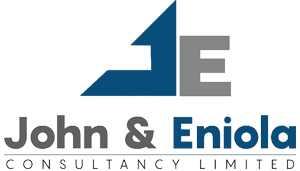Lagos Land Use Charge
What It Does:
Combines three separate property taxes into one consolidated payment making compliance easier for residents.
Progressivity Structure
- Higher-value properties pay more, reflecting ability to contribute.
- Low-income homeowners receive exemptions or reduced rates, easing their burden.
- It is equity driven, not just revenue driven.
Importance or Benefits
- Social Amenities: Revenue from this system helps fund critical urban infrastructure like, roads, schools, water & sanitation, libraries, etc., which are essential for the community.
- High Revenue Potential: With reforms, this system could generate funds in excess of ₦1 trillion annually, creating a reliable non-oil revenue stream for sustainable city development.
Why it Works: Due to clarity and its alignment with urban development strategies.
Global Example: Chile’s Tax Reform (2014–2016)
What Chile Changed:
- Raised business taxes from 20% to 27%.
- Closed tax loopholes for the wealthy.
- Added new taxes on wealth and assets.
Benefits
- Reduced inequality, thereby promoting a more balanced and equitable society.
- The structure made resources available for the funding of free university education.
- Increased Chilean Gross Domestic Product (GDP) in public funds by about 3%.
Why it Worked / Success Factors
- Clear reallocation goals
- Evidence-based design
- Balanced agreement
Challenges
- Tax Evasion: Higher taxes or complex reforms push individuals and corporations to hide income or underreport assets.
- Economic Flight: Relocation of assets and/or emigration so as to avoid higher taxes.
- Administrative Complexity: Consolidating or overhauling tax systems can overwhelm existing bureaucracies, especially in developing nations.
To ensure fiscal equity and economic growth, JE Consultancy Ltd. is recommending that the Nigerian government implement smart, phased progressive tax policies that:
Scale Gradually: Introduce reforms incrementally to enable adaptation.
Incentivise Productivity: Offer tax benefits for investments in job creation, innovation, and sustainability.
Build Public Trust: Ensure transparent use of tax revenues through audits and public reporting.
Remain Competitive: Benchmark rates with regional peers to retain investor confidence.
